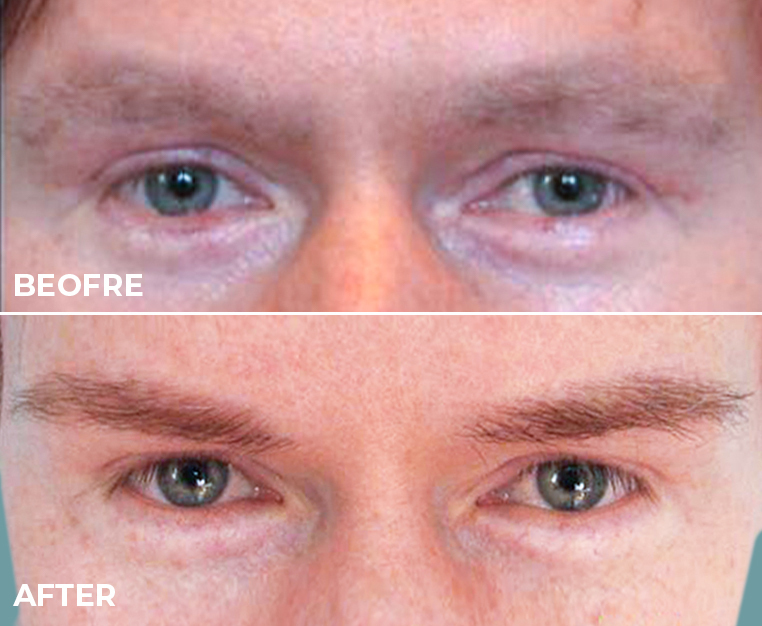Wearing weaves and extensions are a great way to switch up your hair game, as they increase your hair volume and length. Caution is required, however, as these styles can cause damage to your natural hair that results in hair loss. Wearing weaves, extensions and other hairstyles that pull back on your natural hair can cause traction alopecia if care is not taken. So, what precautionary measures can you take to prevent damage?
Weaves, Extensions And Traction Alopecia
Repeatedly pulling on your hair causes a type of hair loss known as traction alopecia. This condition develops gradually if you frequently wear tight hairstyles, use too many styling chemicals or apply excessive heat to your hair.
Styling your hair with a weave or extensions often requires that you pull tightly on your natural hair. Such styles, therefore, can be very tough on your hair. Constant pulling can cause hair strands to break or fall out, severely damaging your hair follicles. Once your follicles are damaged, your hair cannot grow back, leading to permanent hair loss.
Minimising Hair Damage From Weaves And Extensions
If you’re fond of hair extensions, there are a few precautions you can take to minimise the damage wearing them may cause. Here are our top tips to prevent damage from a weave or extensions.
- Get your natural hair in good shape: make sure your hair is in good shape before getting a weave or extensions. It should be clean for a start, free from the buildup of products such as hairspray. Always use a hair conditioner to keep your hair strong and highly moisturised. Maintain your hair care routine while you’re wearing a weave and hair extensions, as well as in the times when you’re not. That way you’ll keep your hair healthy.
- Switch up your hairstyle regularly: to maintain healthy, natural hair, it is essential to give your hair a break from weaves or extensions. You shouldn’t wear those styles for longer than two to three months. After that, give your hair a break by wearing your natural hair for a while.
- Always protect your edges: the wispy baby hairs that grow around your hairline are called your edges, and they are very fragile. To protect them, use only water-based styling gels. Moisturise with conditioner on or around your edges, and avoid applying heat or using heat styling tools as much as possible.
- See a professional stylist: when getting a weave or extensions done, make sure you use a professional stylist. Pay close attention when they are working on your hair. Pain during styling or a headache afterwards are classic signs that your hairstyle is too tight, and tight hairstyles can cause traction alopecia. If the hairstyle feels too tight, ask your stylist to loosen the affected area.
- Always keep your hairstyle clean: wash your hair as often as your particular type of hair requires. If you are wearing clip-in extensions, remember to remove them before washing your natural hair. Use a gentle moisturising shampoo and conditioner to keep your scalp clean and well-hydrated.
Common Hair Practices To Avoid
There are certain things you should avoid doing if you’re seriously considering getting a weave or extensions.
- Avoid excessively relaxing your hair before getting a weave or extension: if you relax your hair, don’t rush to get extensions or weaves. These styles add tension to your hair, as your hair is being pulled as it is being braided. Once the relaxer is added, it’s easier for your hair to break between the braids and sewing in the tracks. If you notice new hair growth, it’s probably ok to go ahead and get the extensions. However, if you plan to wear extensions regularly, you shouldn’t relax your hair until you decide to stop.
- Avoid leaving extensions in your hair for a long time: if you’re wearing weaves or extensions, you should only leave them for two to three months at most. Leaving them in your hair for too long can cause weight and tension on your hair follicles. Traction alopecia and thinning hair can sometimes be the result. If you love getting extensions and weaves, get your hair trimmed and consider a deep conditioning treatment before putting your extensions back in. Swapping hairstyles between extensions or a weave to give your hair a break is something that won’t hurt either.
- Don’t let unprofessional stylists style your hair: if you’re going to a hairstylist who doesn’t do a consultation before making your hair, red flag alert! Consider switching to a more professional hairstylist to be assured your hair is in good hands. Making an appointment, showing up, and then getting your hair done can be risky on so many levels.
Weaves and extensions are hairstyles with cultural significance in some communities. Going against these cultural norms may be a difficult choice to make, but are you willing to sacrifice your hair and confidence? If you already see the effects of traction alopecia, perhaps it’s time to seek professional help. If you’re worried about hair loss, or any other hair-related issue, Vinci Hair Clinic offers men and women a free consultation at which you can get answers to all your questions. Contact us today!


